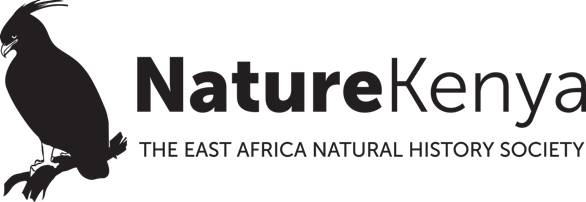Until recently, Ozi was considered a major community grown rice-producing area in the Tana River Delta. Seawater intrusion, however, forced communities to abandon rice growing in the area. At the time, the rice variety cultivated could not survive in brackish waters. Communities sought alternative livelihood activities, some of which were not good for the mangrove forest found in the area.
“The abandonment of rice growing in Ozi hurt the surrounding environment, particularly the mangrove and Ozi forests. Harvesting of mangrove poles was one of the alternative livelihood activities people got involved in. Communities also started clearing vegetation for farming further into the natural forest, and this was not good for the environment,” says Serah Munguti, then Policy and Advocacy Manager at Nature Kenya.
Since 2019, Nature Kenya, with support from EU Rebuild/CISP, has embarked on a new initiative aimed at reducing degradation at the Ozi forest and adjacent areas through the revival of rice growing.
Correlation between food insecurity and habitat loss
The aim of this initiative, Serah, points out, was to improve on food security as well as safeguarding the Ozi forest’s unique biodiversity.
It all started when Nature Kenya supported 126 households in Ozi village, representing 936 individuals (470 males, 466 females), with 2,571 kg of certified ITA 310 (NIBAM 110) rice seed. This seed variety was recommended for the area by experts from the Ministry of Agriculture.
ITA 310, according to Infonet- Biovision (https://www.infonet-biovision.org/PlantHealth/Crops/ Rice), is a long-grained rice variety that matures in 110-120 days. This variety is suited for growing in irrigated lowlands and is tolerant to rice blast and the Rice Yellow Mottle Virus (RYMV). ITA 310 is grown for subsistence and commercial use. It has a grain yield of 3-5 tonnes per hectare (t/ha).
Out of the supported households, 91 harvested 867Kg of paddy rice per acre, translating to 79 tonnes of unprocessed rice. The harvested paddy rice, working with a conversion rate of 65%, yielded 51 tonnes of milled rice valued at Ksh 3,076,983 at farm gate and Ksh 3,589,814 at market prices. This translated to an average income of Ksh. 33,813 and Ksh. 39,448 per household at farm gate and market prices respectively. These results of the rice harvest constituted a 33.83% and 61.56% increase in annual household incomes for male and female-headed households respectively at farm gate prices. At market prices, the annual household incomes increase by 39.53% and 72% for beneficiary male and female-headed households respectively.
Demand for the new seed variety has also increased as more farmers request for it. Nature Kenya, once again, has supplied 4.2 tons of the rice seed to the farmers this year, targeting 247 farmers.
Said Nyara, a rice farmer in Ozi, is upbeat about this initiative. Nyara, who has a three-acre farm, harvested 30 bags of 50kgs last season.
‘The rice variety is good. It is resistant to salt and yields a better harvest,” says Nyara, adding that it also fetches better prices in the market.
Mwanaharusi Bakari, another rice farmer from Ozi is excited to be growing the rice this year.
‘It’s my first time growing this rice variety, and I’m happy about it. I saw other farmers having a good harvest last season. This has inspired me,” she says.
Mwanaharusi intends to put two out of her three acres under rice cultivation.
Environmentally, the revival of rice growing has somehow also contributed to an increase in mangrove forest cover.
“Boosting household incomes through rice growing is one way of reducing over-reliance on forest products for livelihoods at the Tana River Delta. Nature Kenya is working with different communities spread across the delta to promote sustainable use of natural resources,” says Serah.
The Tana River Delta Key Biodiversity Area (KBA) is designated as a wetland of international importance (Ramsar site) and is one of the most important wetlands in Africa. In 2011, Nature Kenya led a collaborative effort of various stakeholders in the development of a Tana River Delta Land Use Plan (LUP) that was guided by a Strategic Environmental Assessment (SEA). The process was concluded in 2015. The land-use plan has since been approved and adopted as a policy by the Lamu County government.
The land-use plan is now in its implementation phase. Nature Kenya has also been promoting the Indigenous Community Conservation Areas (ICCAs) approach. Community Conservation Areas are biodiversity-rich areas partially or largely managed by local communities.
